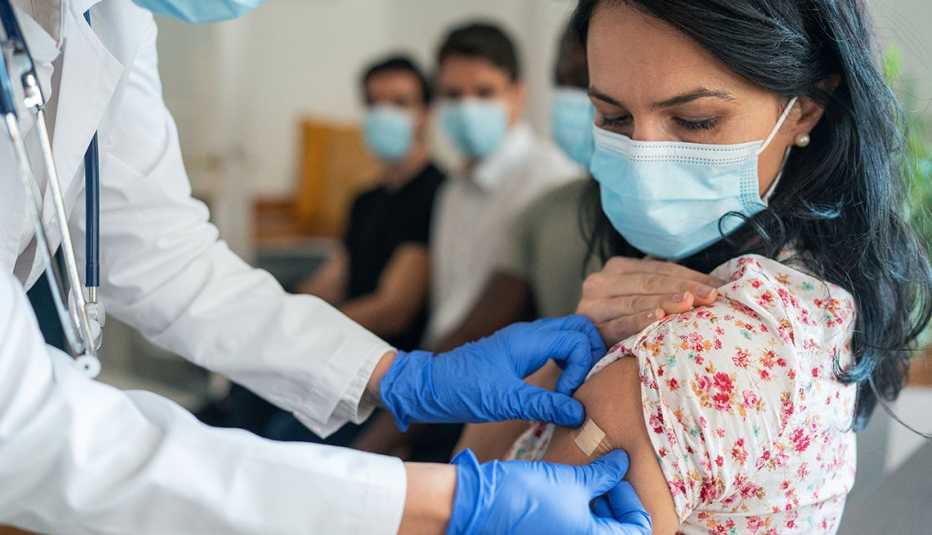Staying Fit
More than a million U.S. nursing home workers and more than 350,000 residents haven’t received a first COVID-19 booster dose, a new AARP analysis of federal data shows, even though the extra shots were recommended to this population by the Centers for Disease Control and Prevention (CDC) last year. The analysis also shows another wave of infections has begun in U.S. nursing homes, even as facilities recently reported their lowest COVID-19 death count for any four-week period on record.


AARP Membership— $12 for your first year when you sign up for Automatic Renewal
Get instant access to members-only products and hundreds of discounts, a free second membership, and a subscription to AARP the Magazine.
Booster coverage, while continuing to increase, “isn’t where it should be,” says Ari Houser, coauthor of AARP’s new analysis, “particularly in some states.” Nationally, 54 percent of the nursing home workforce had not received a first booster as of April 17 (11 percent of this group — or some 220,000 workers — are also not fully vaccinated), even though a booster was recommended to them by the CDC last November. In Alabama, Florida, Indiana, Kentucky, Louisiana, Missouri, Mississippi, Oklahoma and Tennessee, less than 30 percent of nursing home workers had received one.
Booster rates among nursing home residents were higher, with 70 percent of residents nationwide having received an initial booster as of April 17. Still, this rate is concerning, given that residents were first recommended for boosters back in September and have recently been recommended for a second one, after studies showed that booster effectiveness wanes after four months.
Second boosters are “especially important” for people over 65 and for people over 50 with chronic health problems, said CDC Director Rochelle Walensky, M.D., in April. Both of those demographics are highly represented in the nursing home population. Yet in Arizona, Florida and Nevada, first booster rates among residents are still only around 55 percent, the analysis found. Data on second booster shots is currently unavailable.
Weekly COVID-19 cases among both staff and residents increased throughout the four-week period analyzed by AARP. Also, reports from the CDC, which at the time of writing capture two weeks of more current data than AARP’s analysis, shows a continued rise, with cases increasing by another two-thirds between the week ending April 17 and the week ending May 1. The true increase is likely even higher, as the CDC numbers are often revised upward for several weeks as facilities submit more data.
“This steady increase in cases is a clear sign of another wave,” AARP’s Houser says.


































































More on caregiving
AARP Answers: Nursing Homes and the Coronavirus
The latest on evolving rules, visiting loved ones, your rights and more10 COVID-19 Questions to Ask a Nursing Home
Guidance for caregivers during the COVID-19 pandemicNursing Aides With Direct Resident Contact Least Likely to Be Vaccinated
Study suggests unvaccinated staff can spark outbreaks, even if residents have shots